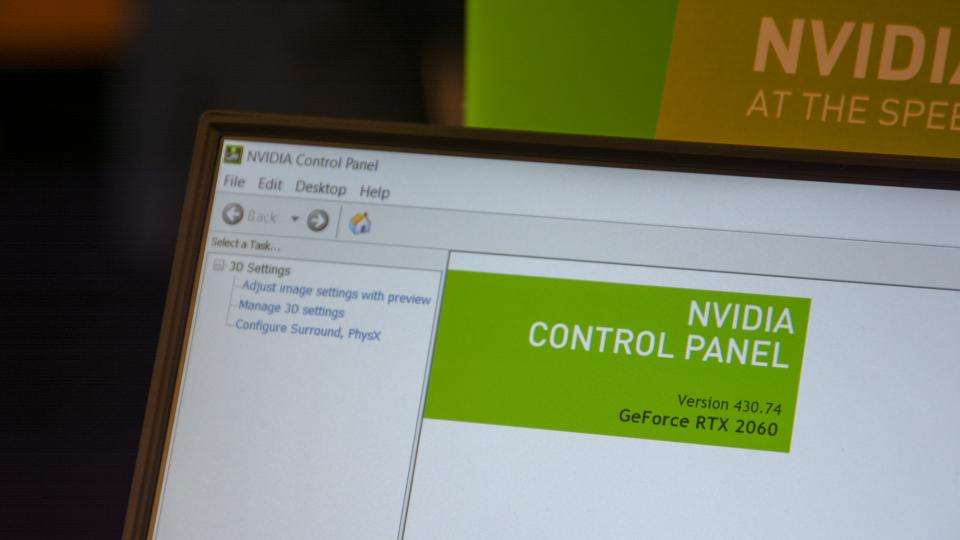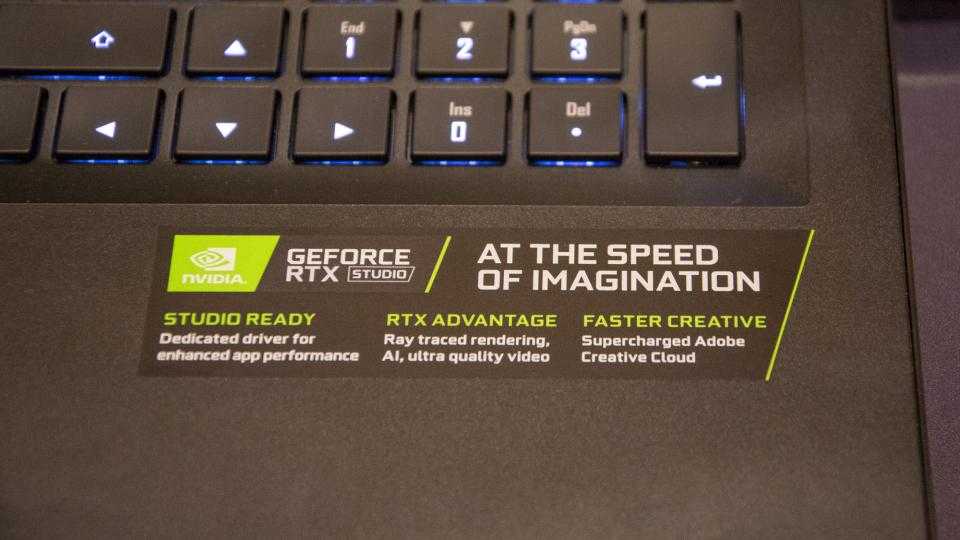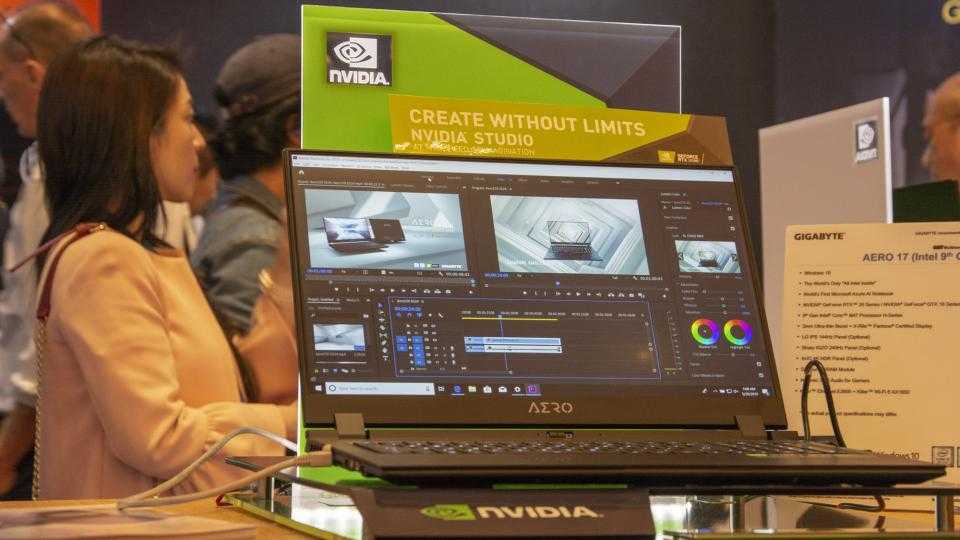We’ve had quite a week here at Computex 2019 in Taipei, and the number of new laptops has been absolutely mind-boggling. During its press conference at the start of the Taiwanese tech show, Nvidia said that there are over 100 gaming notebooks alone coming out in 2019. At that same keynote, Nvidia also announced its Nvidia RTX Studio range, comprised of 17 laptops that all meet a specific combination of hardware and software criteria set by Nvidia. In truth this is more of a branding exercise; Nvidia wants to tap into the developing market of freelance creatives, from designers and filmmakers to musicians and influencers.
So far, Acer, Asus, Dell, Gigabyte, HP, MSI and Razer have signed on to the Nvidia RTX Studio initiative, and I’ve been told by Gigabyte that it will be the first firm out of the gate with the release of the new Gigabyte Aero 15 in June of 2019. That will be followed up by the larger Gigabyte Aero 17 (pictured above) a couple of months later. Another laptop that’s been Nvidia RTX Studio-certified is the upcoming Asus ZenBook Pro Duo , which I got my hands on following its announcement at the Asus Computex Media Event.
READ NEXT: Best gaming laptops to suit any budget
All laptops within the Nvidia RTX Studio collection use Nvidia’s own RTX studio driver software and have been approved as compatible with a collection of over 200 popular creative apps that Nvidia calls the Nvidia Studio Stack.

By setting baseline requirements for both the hardware and software of a laptop, Nvidia can guarantee that said machines will be able to perform demanding creative tasks, such as 3D-rendering, ray tracing and 4K video editing, to a set standard. According to Nvidia, content creators need to be able to carry out all of their work on one machine, but it also needs to be portable too. As Nvidia stated in its conference, custom PCs and high-end gaming laptops are powerful enough, but they aren’t easy to move around. With the highly portable Nvidia RTX Studio range, content creators are guaranteed a set level of performance within the apps they use for work, meaning that they are no longer tied down to expensive or immobile (or both) PCs.
In addition to the driver software, a minimum spec Nvidia RTX Studio laptop will have, at the very least, an Intel Core i7 (H Series) CPU and either an Nvidia GeForce RTX 2060 or Nvidia Quadro RTX 3000 GPU. They must also have a minimum of 16GB RAM, 512GB SSD and follow the thin and lightweight Max-Q design architecture. The cheapest models, such as the base spec Gigabyte Aero 15 Nvidia RTX Studio, will go from $1,599 upwards.
Meanwhile, the most powerful Nvidia RTX Studio laptops will be equipped with up to Intel Core i9 chipsets backed by 32GB RAM and Nvidia GeForce RTX 2080 or Quadro RTX 5000 graphics.
You can expect some seriously bloated price tags on these models; MSI’s WS65 Nvidia RTX Studio laptop, for example, will begin at $3,499 and go up from there. All the laptops within the range will be identified by Nvidia’s RTX Studio branding, and will include a sticker of certification.

During Computex 2019 there were also murmurs about the existence of a Nvidia-branded Nvidia RTX Studio laptop. So far I been unable to verify this rumour with anyone from Nvidia, so a rumour it remains.


